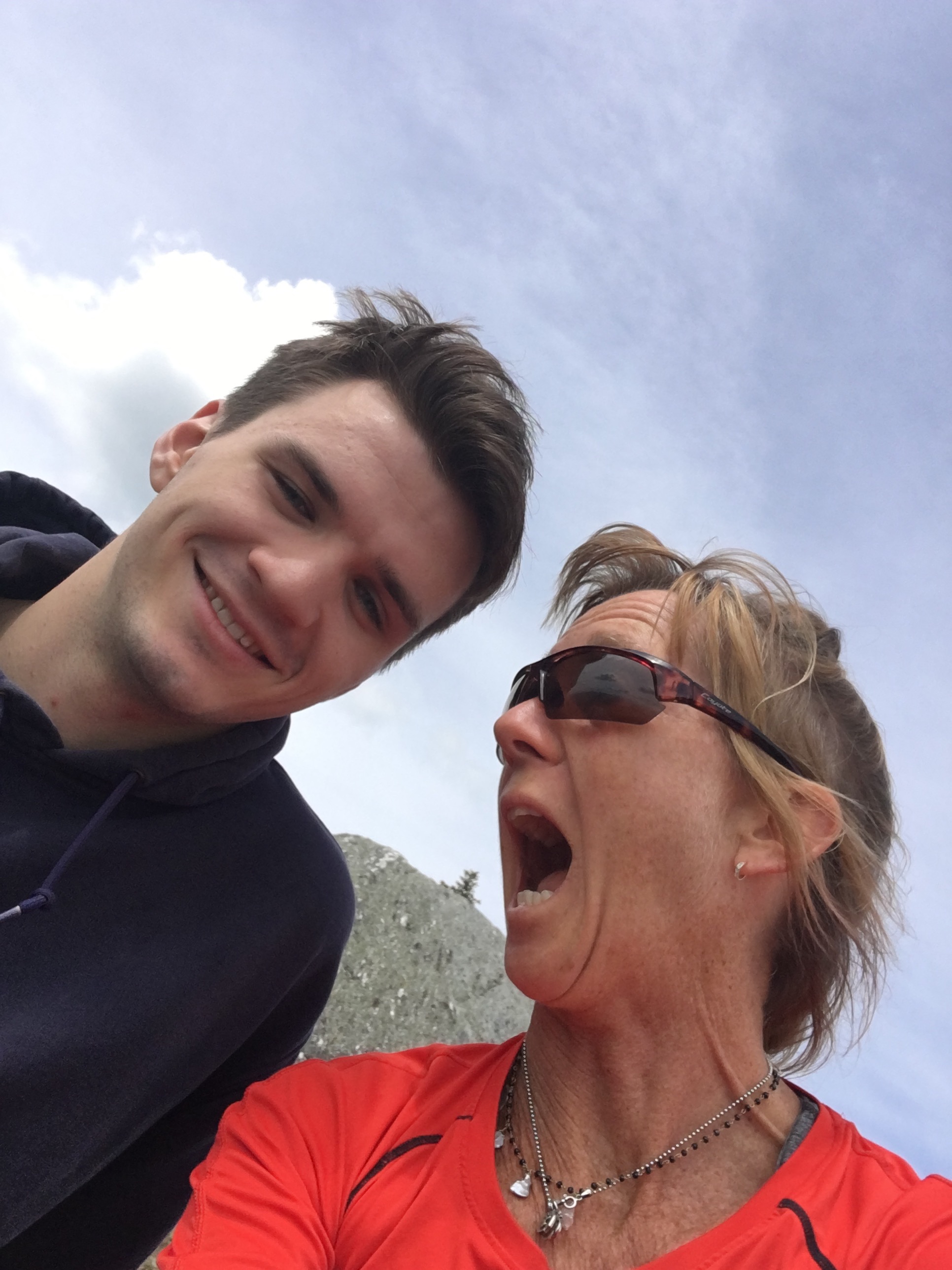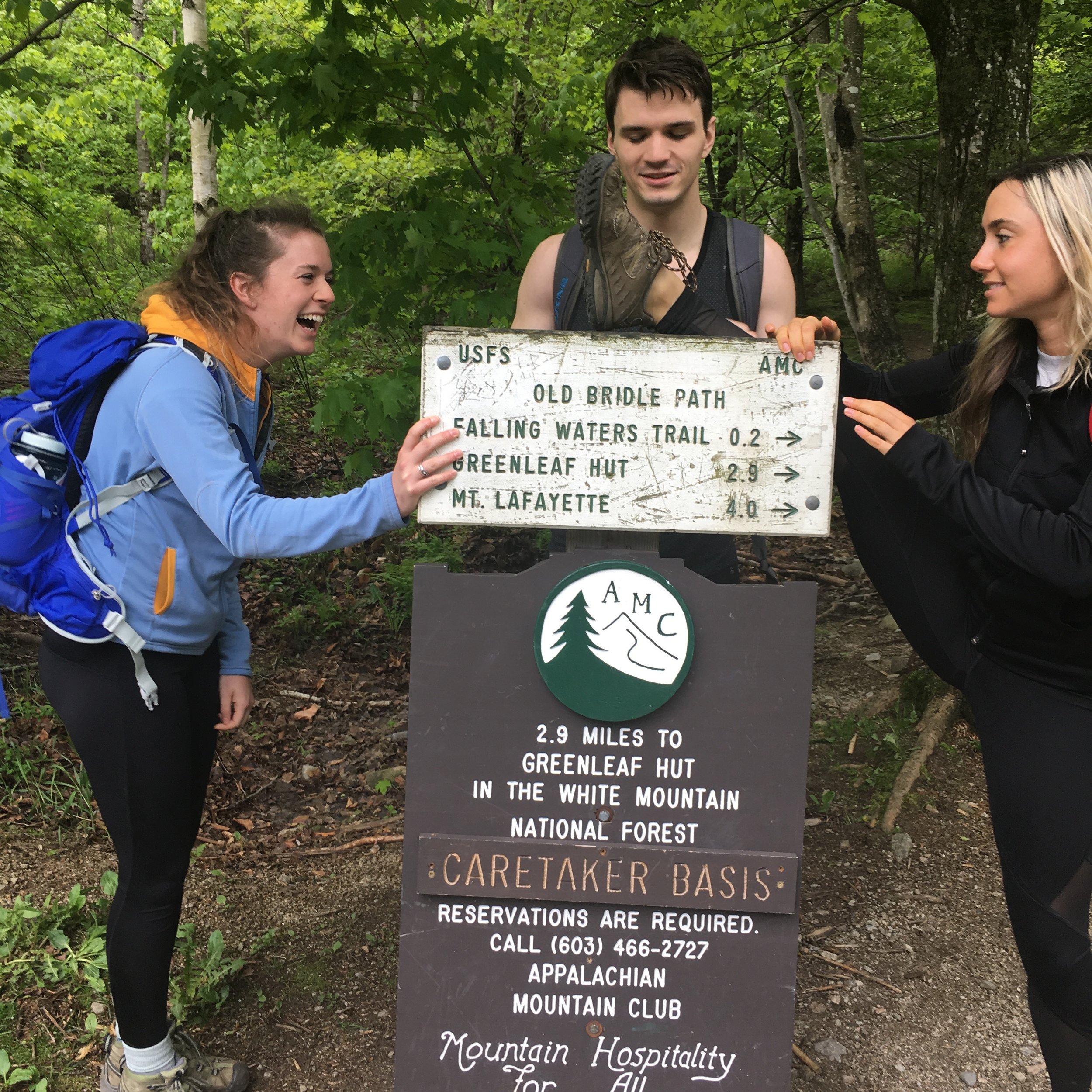If we allow ourselves to feel, from deep sadness to great joy, we have the opportunity to experience the common human experience, and our compassion naturally grows. Counterintuitively, freedom from our emotions is to feel first, and then to let them go. (Goetz, Keltner, & Simon-Thomas, 2010). “True compassion…is based on the simple recognition that others, just like myself, naturally aspire to be happy and to overcome suffering” (His Holiness The Dalai Lama, n.d.). If we can cry, we can also bellow with laughter.
Yet, since our culture dreads feeling we need practice. If first, we allow ourselves to feel in the safety of meditation—maybe a meditation practice or immersion in nature—and subsequently, in our daily lives, we can then practice letting go of those feelings. Yup, even the good ones come and go. Can we experience each fully without identifying with it? Can we feel the emotion but not let it become who we are? Can we enjoy the good ones with a light touch, not so tenaciously because we are afraid of its disappearance? Eventually, we arrive at equanimity, the ability to experience great depths and peaks of feeling while not letting them control our minds and behavior. With this equanimity, we are now capable of seeing ourselves more clearly, we can steer our ships more accurately when the seas are stormy. And dance on the decks when they are not. With this freedom from the control emotions have over us, we are capable of helping others.
But first, we must feel. The dirt beneath our feet. The emotions that swell inside of us.
***
In the last week I took four tests that measured mindfulness, compassion and self-compassion. I found my scores enlightening. I was not as aware or mindful as I thought, my compassion was above average but certainly not the highest, and my self-compassion was lower than average (Figure 1).
Working intensely, pushing myself to my limits, and being hard on myself is easy and, in fact, applauded and rewarded in many sectors of our North American culture. A former and current Ivy Leaguer, I’ve witnessed many of my fellow students living their lives with the same intensity. How does this drive affect our ability to be compassionate to ourselves and others?
The Authentic Happiness, Compassionate Love Scale, reported that I was as compassionate or more than 70% of all graduate students (Authentic Happiness, n.d.). If we limited the test to Harvard graduate students what would the outcome be? My prediction: lower than the average reflecting less time, more stress, less common humanity, more entitlement, harder on oneself and harder on others?
My youngest daughter and I just spoke about her very busy life as a musical theater conservatory student in New York City while maintaining a work-study job, an apartment in Harlem, auditioning, and dancing and staying fit by taking as many extra classes as possible. As she rushed to class so as not to be late she passed an elderly woman who had fallen and was being assisted by some passersby. She wondered to herself: “What is happening to my sense of compassion? What is this life and this city doing to me?”
Her self-chastisement struck me. In the realm of compassion, New York City can seem to assert a black and white choice: succeed or help others and compromise your outcome. Those who choose to or by necessity drive themselves in their work with little time to take care of themselves and others, such as my daughter, end the day with self-reprobation and guilt. Imperfect compassion, in her case, led to low self-compassion.
In my New England family hard work and education form the backbone of our culture. Where you go to school, how you do, and what you do with it is a matter of status. Understandably so, it came from a history of gritty perseverance. Unfortunately, self-compassion is maligned as it is confused with self-pity, self-indulgence, lack of motivation and an abdication of personal responsibility—not traits that early settlers could afford to cultivate.
Kristin Neff writes:
“Many people in the West struggle with being compassionate to themselves because our culture teaches us that self-compassion is weak and passive, or that it will undermine our motivation (Gilbert, McEwan, Matos, & Rivis, 2011, Neff, K., n.d.).
Yet, self-compassion, the awareness and acceptance that we all suffer, fail, and act imperfectly allows us to be more resilient. A high level of self-compassion, research shows, is a predictor of happiness, psychological wellbeing, and life satisfaction (Neff, K., n.d.).
Unexpectedly, self-compassion is not organized around the self. If we did not forgive ourselves, we would be mired in endless self-absorption, our ego dominating our attention: “I am bad. I have failed. I have difficulties which no one else has,” resulting in narcissistically organized behavior.
Self-compassion, on the other hand, is a practice of connecting to our commonality with all humanity, the awareness of a shared experience. The mantra might be: “Sometimes I suffer and fail as sometimes we all suffer and fail. I forgive myself in the understanding that I am not alone in my imperfections. With this forgiveness, I can let this failure go, and do what is required to engage in my life fully again.” Moreover, when we realize our common humanity we can find both support from and inspiration in those who have overcome mistakes, failures, and difficulties.
To be self-compassionate, Neff argues, one needs to practice mindful meditation (Definition and Three Elements of Self Compassion, Kristin Neff, n.d., Neff, K., n.d., Pauley & McPherson, 2010). Meditation, and in particular insight meditation such as vipassana, is defined by Jon Kabat-Zinn as “awareness that emerges through paying attention on purpose, in the present moment, nonjudgmentally to the unfolding of experience moment by moment” (Kabat-Zinn, 2003).
Kabat-Zinn defines mindfulness as a “commitment to reside in the present moment in awareness with an open heart, a spacious non-judging, non-reactive mind.” (Kabat-Zinn, 2003). Mindful meditation, thus, is the practice of allowing thoughts and feeling to arise, be noticed, and released. The result is a calm and clear mind, an open heart, and refined attention and action and the ability to practice self-compassion wisely and effectively (Kabat-Zinn, 2003), Neff, K., n.d.)
Thus, if our ultimate aim is to be happy, to have mental well-being and life satisfaction, it would help to make time in our busy lives—just fifteen to thirty minutes a day—to cultivate compassion for ourselves and others. To be successful, we must forgive our trespasses. To do well, we must stop and feel.
References
Authentic Happiness. (n.d.). Retrieved from https://www.authentichappiness.sas.upenn.edu/questionnaires/compassionate-love-scale
Definition and Three Elements of Self Compassion | Kristin Neff. (n.d.). Retrieved April 03, 2016, from http://self-compassion.org/the-three-elements-of-self-compassion-2/
Gilbert, P., McEwan, K., Matos, M., & Rivis, A. (2011). Fears of compassion: Development of three self-report measures. Psychology and Psychotherapy: Theory, Research and Practice, 84, 239–255.
His Holiness The Dalai Lama. (n.d.). Training the Mind: Verse 2. Retrieved April 03, 2016, from http://www.dalailama.com/teachings/training-the-mind/verse-2
Kabat-Zinn, J. (2003). Mindfulness-Based Interventions in Context: Past, Present, and Future. Clinical Psychology: Science and Practice, 10(2), 144-156.
Neff, K. (n.d.). Self-Compassion: What it is, what it does, and how it ... Retrieved from http://self-compassion.org/wp-content/uploads/publications/Mindfulness_and_SC_chapter_in_press.pdf
Pauley, G., & McPherson, S. (2010). The experience and meaning of compassion and self- compassion for individuals with depression or anxiety. Psychology and Psychotherapy: Theory, Research and Practice, 83, 129–143.
Self-Compassion Scales. Kristin Neff. (n.d.). Retrieved March 26, 2016, from http://self-compassion.org/self-compassion-scales-for-researchers/







